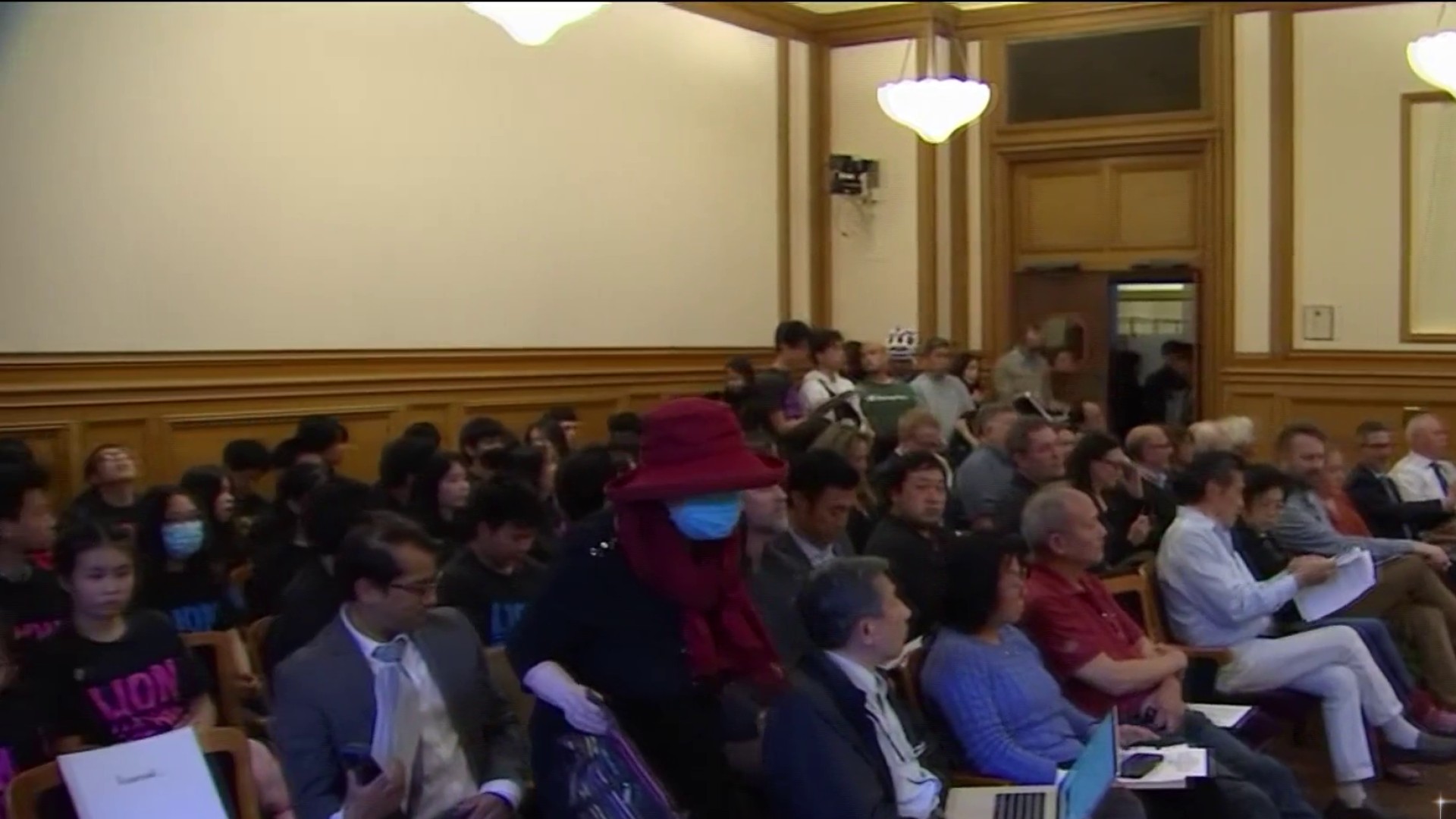What to Know
- Maharajas were kings and princes who ruled over some 350 Indian states between the late 1700s and early 1900s
- Like the Mughal emperors before them, Maharajas had a taste for large gemstones — the heavier the better
- This is the first time these jewels have been shown on the U.S. West Coast
Diamonds are a maharaja's best friend — or so the saying might go if it had been coined in India during the late 18th or 19th century.
During more than a century before India proclaimed its independence in 1947, large jewels including diamonds, rubies and emeralds were worn almost exclusively by men — specifically, the kings and princes known as "maharajas" who ruled over some 350 states ranging from small villages to territories the size of France.
"The court culture requires a certain presence that the ruler needs to stand out from the crowd," said Martin Chapman, curator in charge of European art at the Fine Arts Museums of San Francisco.

The Legion of Honor, with its sweeping views of the Bay, is hosting an exhibition of Indian royal jewels that have never before been displayed on the West Coast, after the collection's owner, Sheikh Hamad Al Thani of Qatar, visited the museum and felt it would be a perfect fit.
From the earliest days of the Maharajas, in the 18th century, jewels looked different than those we're accustomed to seeing in the West today.
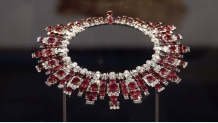
"The Indians tended to cut diamonds to preserve weight," Chapman said. "That was important to them, because weight equals value."
Local
Heavy though they might be, the jewels didn't sell well to traders from Europe.
"They didn't know what to do with them, because they didn't have any sparkle," Chapman said.
India, which was the world's main source of diamonds until the 19th century, soon adopted the more European "brilliant cut," which sacrificed weight for sparkle.
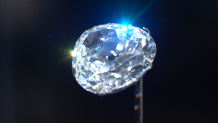
Drawing on the traditions of the Mughal emperors before them, the Maharajas had a taste for emeralds, mainly imported from Colombia, and for rubies and spinels (a ruby-like stone) that played an important role in their traditions. Spinels were often engraved with the names ancestors, and worn close to the skin.
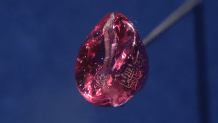
In many cases, Maharajas wore jewelry designed for — and previously worn by — women in the West. The royal get-up included long strings of pearls, bracelets, collars, pendants and turban ornaments that gradually grew over the years until they resembled tiaras. This was an exclusively male form of dress — until it was worn by Queen Alexandra of the United Kingdom at her coronation, while India was under British rule.
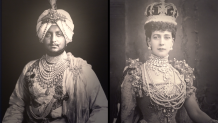
"She's taken the style that the Maharajas would wear because there's a very important message she wants to convey: That she is empress of India," Chapman said.
The exhibition called "East Meets West" will be on display at the Legion of Honor in San Francisco through February 24.


